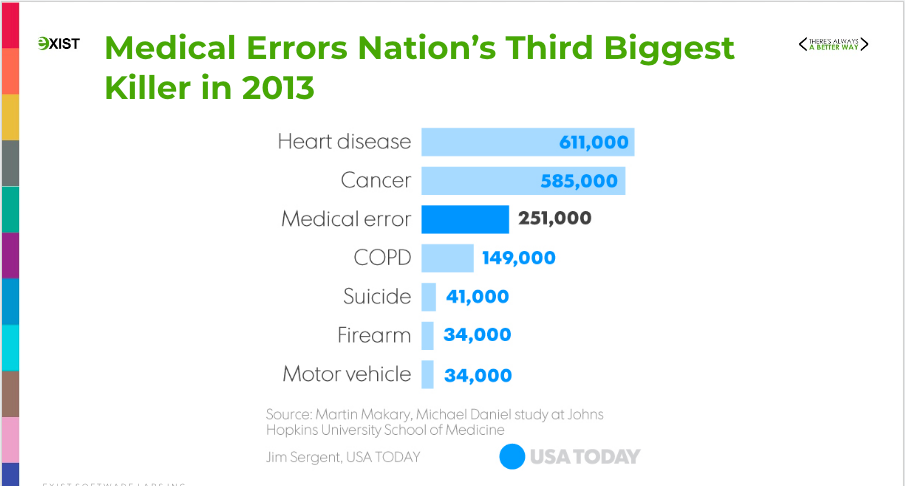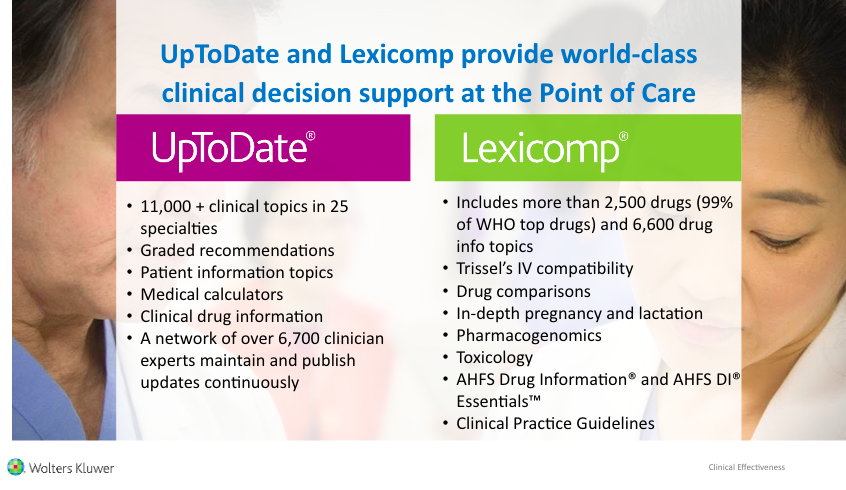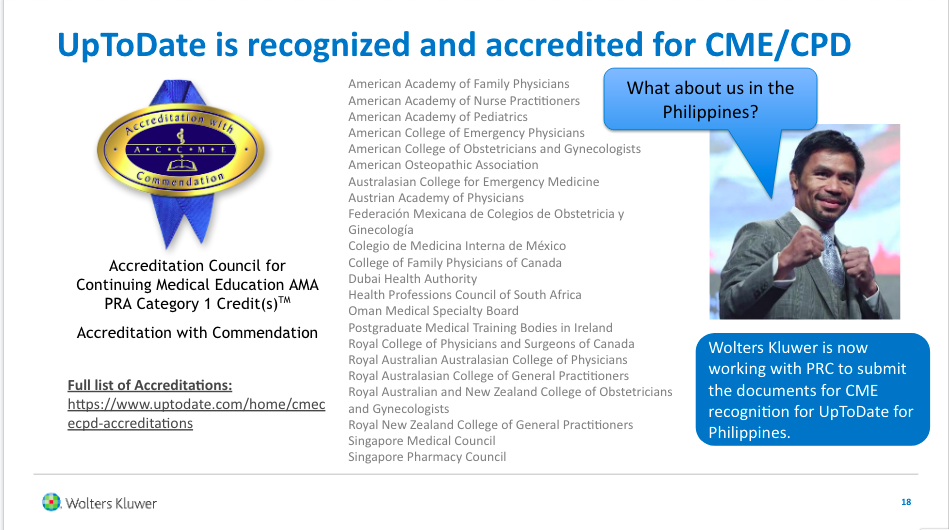What do hospitals have to deal with in choosing to buy or build systems??
Delivering care now generally considers hospital information systems, applications, and software. Despite misgivings about cost as the previous article has pointed out, what first was a tool to ensure operational and financial efficiency, has grown far more valuable and one that continues to become essential in achieving whatever doctor, clinic, or hospital has originally set out to do – provide the right medical care based on data or evidence.
Custom (build) or Off-the-shelf Systems (buy)
The eternal dilemma facing CIOs is whether to build a system from scratch or mold an off-the-shelf application to the needs of the institution. Most decisions are a hybrid mix, but many hospitals lean too far in the emotional direction. When hard data is available, making an emotional decision is not a good business practice!
TechRepublic says it best:
The major factor that significantly reduces the custom solutions’ ROI is the lack of available personnel with proper skill sets. That is also true in many cases. Such ultimately causes the endeavor to fail as well. It takes many skills to design and deploy a business solution that is both scalable and extensible.
Unless one of your business areas is product development, there is an extremely high probability that your operations and maintenance technology resources do not include all of the skill sets necessary for a successful solution.
Even worse, the team may not fully understand the problem domain, and may not discover unknown requirements.
While cost between custom solutions and commercial built products have now been significantly reduced, if you are a clinic or hospital and IT resources are not available within the organization, then the option to look for available solutions in the market makes the most sense.
Here are key considerations for picking an off-the-shelf solution vs building a custom one which is also essentially a choice between product and vendor support:
Reality-check
The allure of both custom and off-the-shelf software is that all requirements can be satisfied, but that is a delusion.
Requirements are not just about features but about other system characteristics and technologies. While features reflect the immediate need for hospitals or clinics, long-term benefits impact ROI on either option. Clarifying business goals and finding the right partners that will help the organization over the course of 3-5 business years are the keys to achieving these long-term benefits.
Learn more and read a previous article where Philippine healthcare IT leaders share their thoughts about hospital information systems on this link.
Check Out Medcurial
Check out our healthcare product, MEDCURIAL. See how it helped some of the biggest hospitals in the country provide better patient outcomes.






 See
See

